the white cliffs of Dooooover..."
Not bloody likely, as the bluebird is an exclusively North American species, and the yank who wrote those words had probably never even seen Dover. Yesterday I finally got a chance to see the white cliffs with my own eyes, and let me tell you; they're mighty purdy. Dover town isn't much, nothing like Canterbury, but the cliffs are well worth a look, both from afar, as a grand sight and close up, as a geological wonder.
The strikingly white cliffs are made from chalk, interspersed with dark flintstones. The chalk is formed by the remains of long dead algae and other living things from hundreds of millions of years ago. The stone wall is slowly being washed away by the sea, sometimes less than a centimeter a year, sometimes large chunks of rock fall down. Ironically, these huge chalk hills, which can be found over large parts of England, are known as "downs" locally - from Anglo-Saxon "dün", meaning hill. Which is why you can hear an Englishman say he's been "up on the downs", and not feel the urge to back away slowly, being careful not to make eye contact.
All white cliff pics here.
Modern Dover harbour, where the ferries go back and forth between England and France.
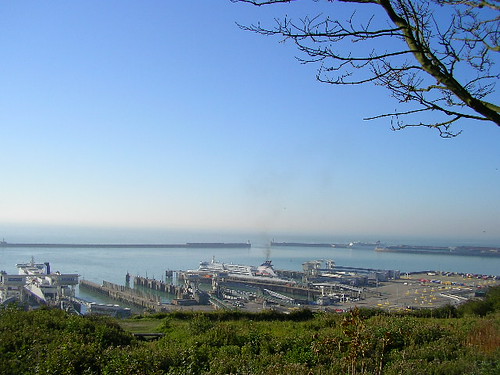
Sho, sho purdy. Looking north.
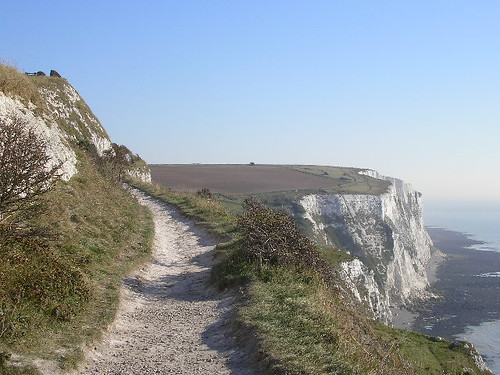
The view south. The buildings on the hill far away are part of Dover Castle.
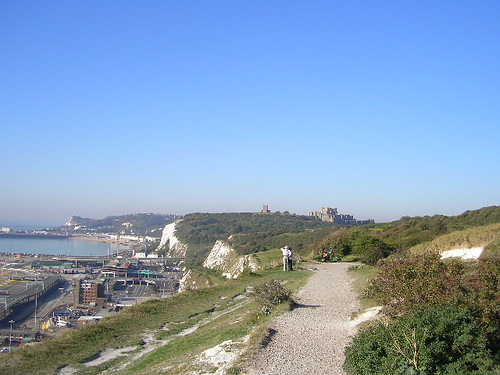
Typical "Downs" geology - a comparatively thin layer of grassland on top of many meters of chalk.
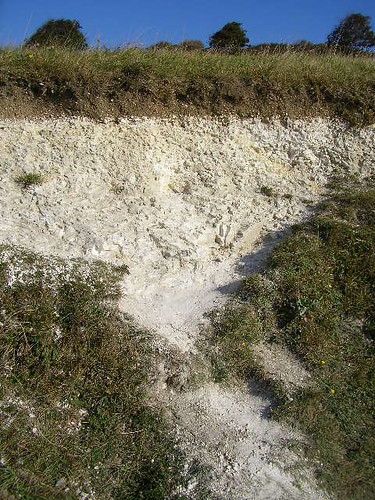
This pic may look like a flat field, but it's actually a steep hill.
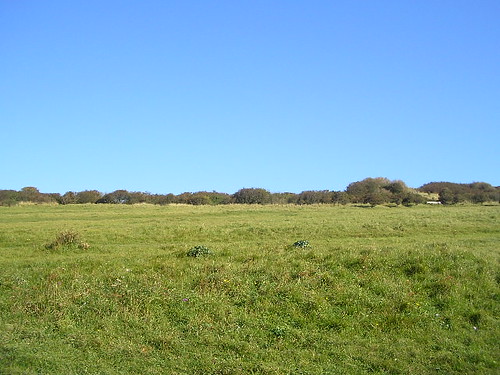

1 comment:
OK, found it
Post a Comment